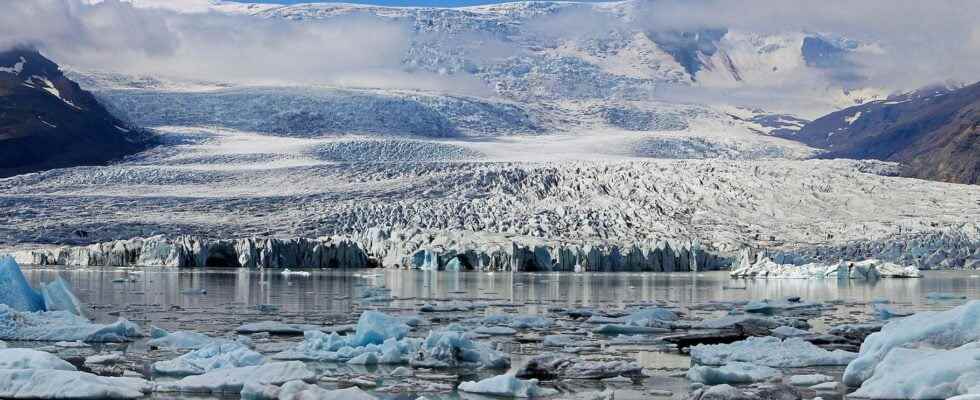In Iceland, the curious can undertake a geological journey into the world of subglacial volcanoes and rift oceanic, which still holds some mysteries. They will also find there ongoing research on both geysers than on the solfataras, all in sumptuous landscapes.
Iceland, a country close to the circle Arctic, is located between the Greenland and Scotland. Although geographically closer to the American continent (with Greenland), Iceland has a European history.
The Geology of Iceland
One of the peculiarities of this country is to be located on the mid-Atlantic ridge, which separates the Eurasian and North American plates. This dossier will therefore be devoted to land.
Among the significant volcanic events of the last decades, an eruption took place on 1er November 2004 around 22:00 GMT (see images below). Seismic activity had increased since October. Aerial observations were possible from November 2, allowing to see that the eruption started from a mouth of one kilometer in diameter located in the south-eastern zone of the crater. The thickness of the ice there is about 200 meters. On November 3, the activity eruptive manifested by a column of steam and ash from a height of 8 to 14 km above the volcano.
In this file, we are going to make a big round trip in Iceland from south-east to north then to south-west, all along the active faults, stopping at the most striking places, whether for the landscapes or for the geological interest they represent: Vatna, Laki, Landmannalaugar, Myvatn and others less known.
You will discover the Norwegian and Danish Vikings, the flora and the birds, the geology general and the hot spots, the Vatna and Jokulsarlon, the glacial lake and the Icelandic volcanism with the Laki, a line of volcanoes, the fault of Eldgja, Landmannalaugar, the rhyolites and the obsidian, Myvatn, the lake and the solfataras, the desert central and Kerlingarfjöll, etc. Have a good trip !
